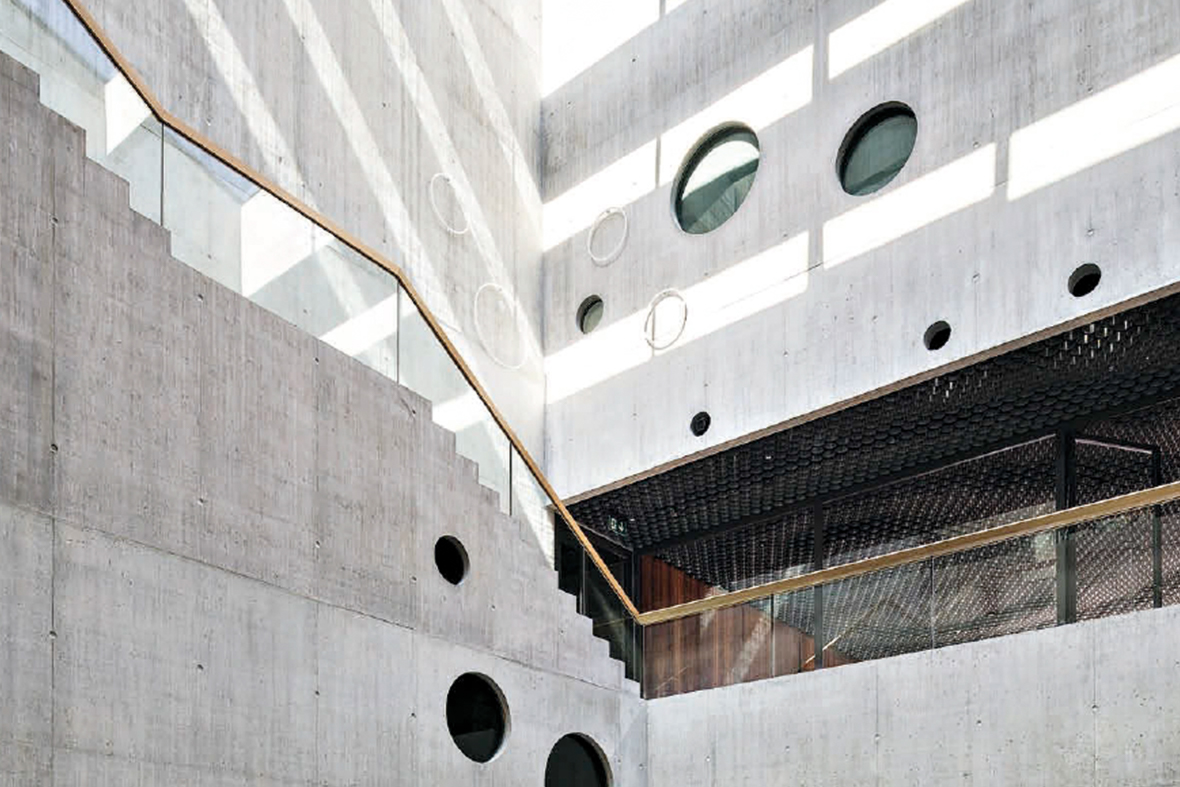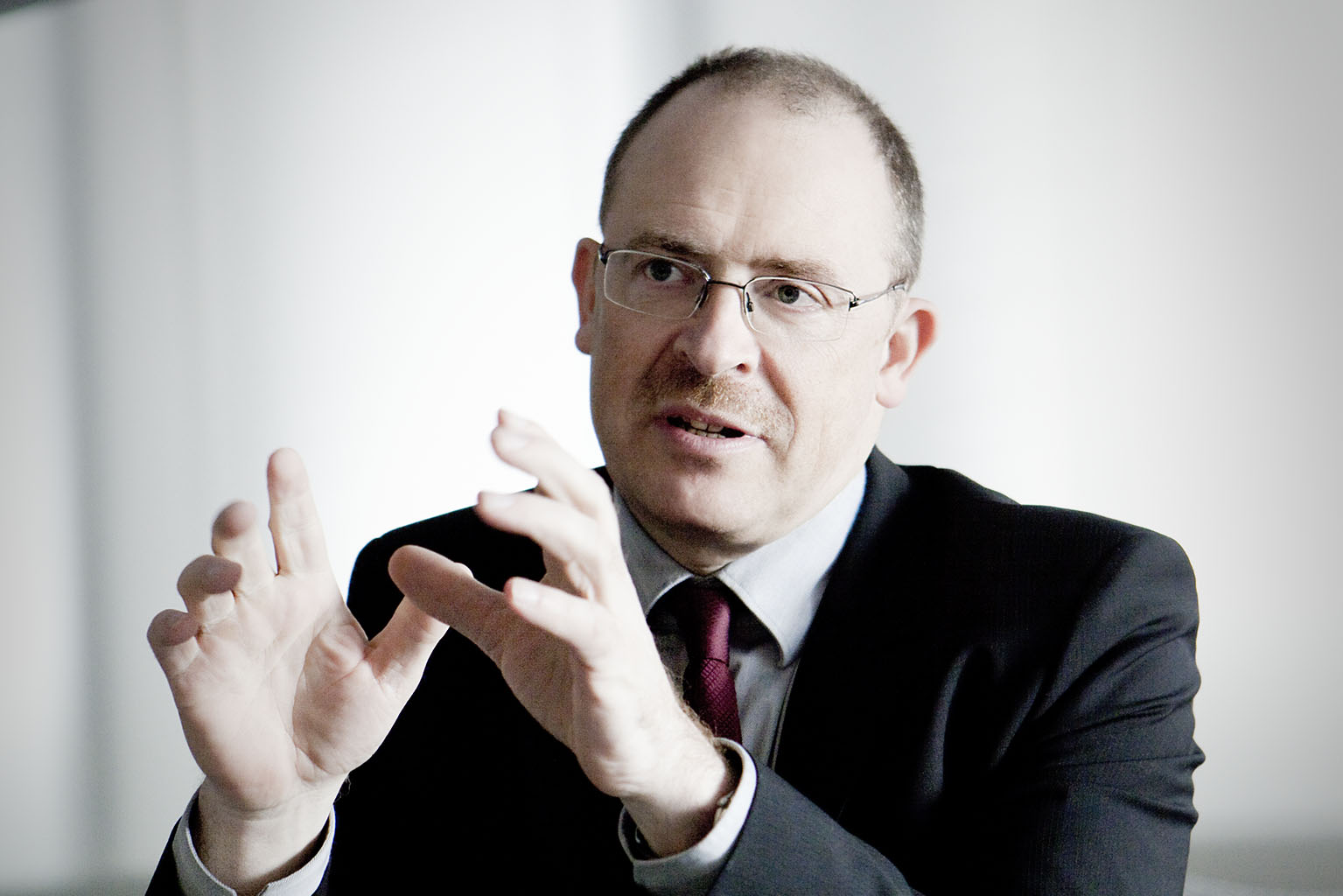Intelligent Lighting
"Luminaires today can do far more than regulate the light volume or colour."
Interview with Dietmar Zembrot, General Manager of the TRILUX Group
Intelligent luminaires respond to the user’s personal needs and adapt the lighting constantly to changing conditions. Just how they now are, how digitalization is influencing the lighting industry, and what motion sensors do is something we asked Dietmar Zembrot at TRILUX.


How does digitalization influence the lighting industry in general?
Dietmar Zembrot: In the past there were luminaires with plain lamps that you only rarely could control and which therefore simply provided brightness. The focus was more on different norms, adherence to which constituted the key quality features for the customer. Today, the lighting industry offers a far broader range of possibilities and makes light far more than merely electrical output. Thanks to digitalization and the intelligent technology will install in products today we can favourably influence the light quality and place customers far more on centre stage, much better addressing their requirements.
What potentials and opportunities do the new smart technologies offer for lighting?
Dietmar Zembrot: Alongside static situations that concur with the standards, lighting can suddenly respond to far more subtle things: the change in daylight, the seasons, the weather, or even my personal needs and mood. Using Smartphones, and almost all of us have one, the luminaire can for example identify what is coming toward it and what lighting preferences that person has. In this way, a personalized lighting scenario can be activated and a workstation adapted to the user’s needs. In the past, the measurement was mainly the incidence of light in a room and the brightness of the light regulated accordingly. This is basically not sufficient. If, for example, there is only little light in the room, this can be because the summer sky is cloudy, or it could be autumn fog or spring drizzle. Assuming the same incidence of light in a place, people’s expectations as regards light colour are often different. This knowledge, together with the user’s personal sensibilities, can enhance lighting quality immensely.
How is interdisciplinary collaboration between the lighting industry and other sectors changing?
Dietmar Zembrot: If a new development goes live it is hard to predict what synergies this will release. There will no doubt be numerous points of intersection with other segments that we today do not have on our radar screens. Take for example the topic of “motion sensors”. It is important as regards lighting to know whether someone is in a room in order to decide whether light is needed or the luminaires can possibly be switched off completely to save energy. The security segment can, in turn, use such information to discern whether someone is in a room where they actually should not be. A cleaning corporation would be able to identify whether an office has been used on a particular day or not and would possibly not need to clean specific offices, which would again save time and thus money. There are no doubt numerous possible instances of interdisciplinary collaboration.
What impact do the changes have on TRILUX?
Dietmar Zembrot: A good example of digitalization at TRILUX is our lighting management system, where specific use cases are pre-defined for certain spatial situations, but you can also set your own. Depending on the installation, rooms can be optimally illuminated and functions such as human centric lighting taken into account. In order to be able to understand our clients’ needs even better, we have also set up the cross-departmental InnoVenture team which serves as the think-tank evolving ideas for new business models.